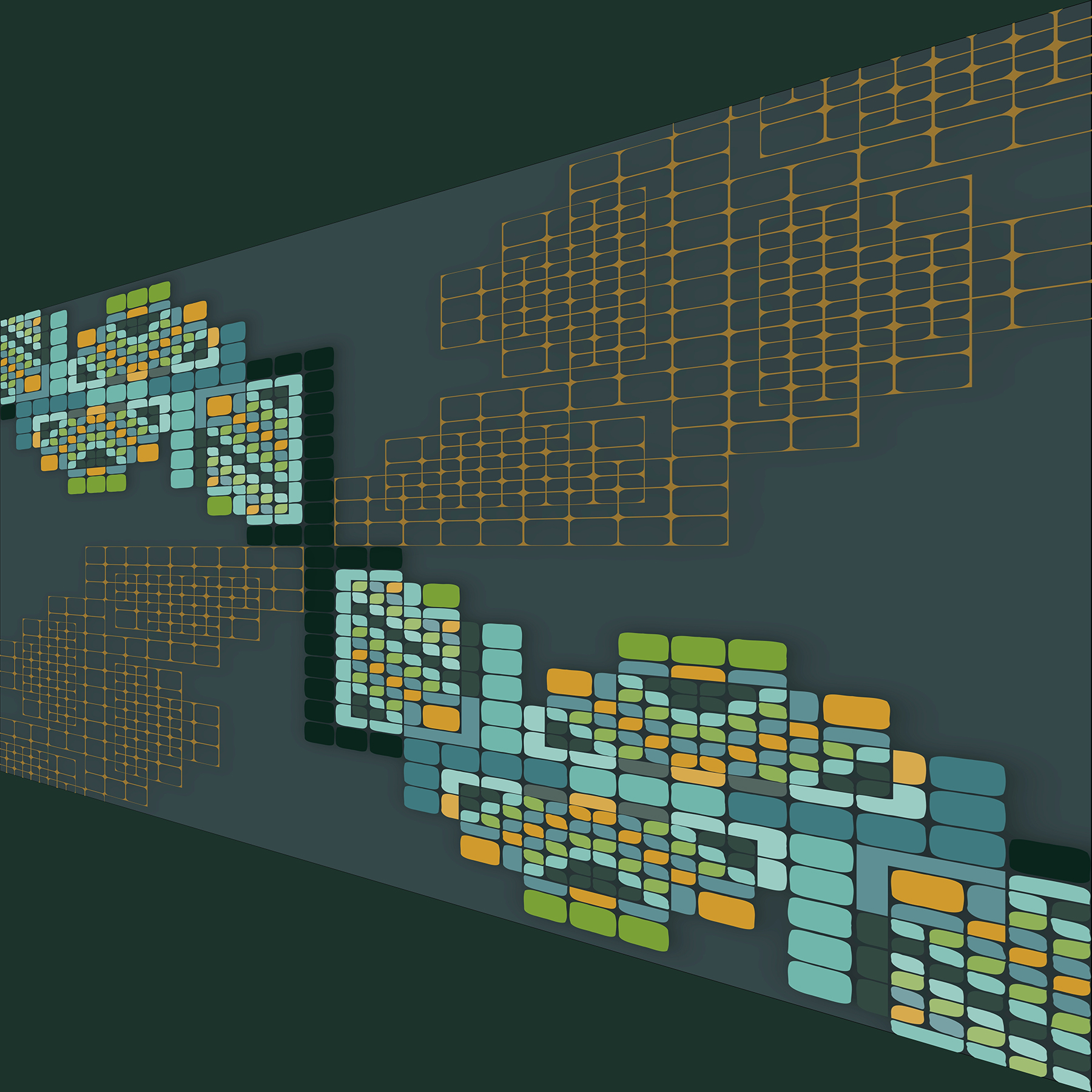With the buildup toward a possible conflict in the Middle East and the continued concerns about homeland security, one of the key technologies to be deployed will be unmanned vehicles. Deployed on land and in the air, these unmanned vehicles will be used for all manner of surveillance, intelligence gathering, and even offensive missions. The most well known of these are Unmanned Aerial Vehicles (UAVs) and the still experimental, Unmanned Combat Aerial Vehicles (UCAVs), plus a host of ground and underwater vehicles. The distinction is also beginning to blur between a cruise missile, which can loiter over a target area before identifying and engaging its target, and UAVs in general.
UAVs come in all sizes, from small model aircraft fitted with a television camera for close-in surveillance in urban environments to very large aircraft like the Global Hawk, which can fly for more than 24 hours at very high altitude. One distinction of the larger UAVs and ground vehicles is that they can maneuver around their environment autonomously, requiring acute situational awareness, hence a lot of embedded processing power. This is not much of an issue in the air as it is unusual to encounter objects that cannot be classified easily and GPS can be used to determine position and altitude. Ground vehicles need much more information to navigate their environment successfully. In times of conflict there may not be roads to rely on, so the vehicle must be able to identify a path that it can dynamically traverse at a reasonable speed without hitting anything, falling over, or missing its objective. Sensors, which might be optical, infrared, or millimetric radar, must be stereoscopic to measure distance. Also, a wide field of view is required to preplan turns and other maneuvers. There is the possibility of other autonomous vehicles operating in the same space and the complexity of the compute task can be appreciated. This is a much more complex task than maintaining distance between you and the car in front of you on the freeway.
Small unmanned vehicles generally have minimal processing requirements, being controlled directly by an operator connected through an umbilical or high-speed video link. Onboard processing might be limited to assisted flight control or object avoidance. For example, it has been proposed that future helicopters will be able to control a swarm of these smaller UAVs to undertake relatively simple offensive missions in the battlefield without risk to the crew of the helicopter. As the size and mission complexity of the vehicle increases, so does the need for computing power and this is where VMEbus starts to fit.
Consider a future UCAV. Its mission is ultimately to replace a manned combat aircraft, probably still directed from an Airborne Warning and Control System (AWACS) aircraft. The end user’s expectation is that it will be smaller, lighter, more maneuverable, and, of course, much cheaper. This may or may not be reasonable, but if all things remain equal and a UCAV is expected to undertake the same mission as an F-16, but without a person at the controls, then how much is really going to be saved? The level of complexity will be the same, so the airframe might need to be just as large, with the need for a large heavy engine and lots of fuel.
Increased maneuverability is one issue to consider. Today’s combat aircraft are limited in their flight envelope by the person at the controls. A trained pilot can withstand around 9G before blacking out and losing consciousness, so this is typically the limit set for manned combat aircraft. There is no reason why this same artificial limit should be imposed on a UCAV. Why not go for 20G turns or even more? The limit will be set by the structural integrity of the aircraft and the equipment inside it. Conduction cooled VME cards are typically specified at 12G acceleration. That gives a comfortable margin over the 9G limit. To have a similar margin at 20G would mean aiming for 28G. To put this in perspective a 1.6-pound VME card will weigh 45 pounds at 28G and a 50-pound chassis with VME cards inside would weigh a staggering 1400 pounds.
So the way to get to reduced size, weight, and cost is not necessarily to duplicate an existing platform without the person, but to be radical with the avionics architecture so that more really does equal less.
Typical avionics architecture today is based around many discrete Line Replaceable Units (LRUs, which are circuit card assemblies inside a box with a power supply), each of which is an embedded computer with a set of functions to perform. Today, many of these are VME-based. The widely adopted MIL-STD-1553B is the backbone network interconnecting all of these LRUs. The 1553 is clocked at 1 MHz so it is impossible to use it to transfer anything other than highly processed results from sensors, status of weapons systems, or cockpit systems. This is referred to as a federated architecture. Due to the number of systems and the need to process all the data locally within each LRU, there is a lot of duplication, redundancy, and extra weight. The 1553’s architecture also makes it difficult to add functionality to a system without changes to many of the attached LRUs.
The radical architectural change that is anticipated is the adoption of Integrated Modular Avionics (IMA) (see Figure 1). This will drastically reduce the number of LRUs by integrating most of the platform’s computing into just one or two VME racks and using a switched fabric for intra- and inter-rack communication. The VME computing core will need a number of powerful processors, typically from the PowerPC family, with two or more processors of the Motorola MPC7455 or newly released MPC7457-class running at GHz+ clock rates. The switched fabric will also connect to sensor systems (e.g., radar, IR, cameras, GPS, INS, and flight data) and other minor functions distributed around the platform. The choice of switched fabric is still very open, but there are preferences arriving already towards Fibre Channel, InfiniBand, RapidIO, StarFabric, and Gigabit Ethernet, all of which are viable technologies if they can be made rugged enough. IMA is intended to reduce the number of individual computers on a platform, thus reducing the board count, increasing survivability, reliability, and maintainability. Typical functions that would be performed in this centralized computer would include:
- Vehicle control
- Navigation
- Situational awareness
- Mission computing
- Communications
- Data fusion
- Classification/identification
- Target tracking/engagement
- Recording
- Prognostics for proactive maintenance
Brief inspection of these functions indicates an eclectic mix, particularly when it comes to levels of flight safety or mission criticality, yet all these functions are expected to run on a single computing platform. "Single" is slightly misleading, as the system is likely to be duplex or triplex for redundancy, battle-damage survivability, and safety.
Within the avionics community there are two standards bodies that develop specifications, standards, and guidance for the development of systems and software for safety critical applications. These are ARINC (http://www.arinc.com/aeec/standards/index.html) and RTCA (http://www.rtca.org). ARINC-653 is a software standard that provides an Application Programming Interface (API) allowing multiple tasks to run on a single computer with guarantees of non-interference between tasks. This allows multiple tasks of differing criticality levels to run without the need for them all to be to the same level as the highest criticality task. Writing safety and mission critical software is prohibitively expensive if those same standards were to be mandated for all the platform’s software. ARINC-653 provides brick-wall partitioning in both the space and time domains between tasks, allowing them to co-exist on just one computer without interference. Space and time domain partitioning guarantees inviolate memory space for each task (as much as it may need) and a guarantee of CPU time to execute each task.
ARINC-653 is a method to achieve safe partitioning of tasks. In order to write, test, and verify safety critical tasks, RTCA DO-178B is the best-known guidance document for developing safety critical software for avionics systems. Overflying civilian areas at home or sharing airspace with commercial aircraft will require that UAVs comply with FAA regulations for safety, which they do not today. In order to comply, they will need to carry more equipment (such as identification transponders, collision avoidance systems, and RVSM) and have their flight safety critical software written in accordance with DO-178B and approved by the FAA. The partitioning of ARINC-653 will help to make this possible.
The same operating systems could provide a basis for multi-level security to protect information and control data being transferred between the director and the UAV, and similarly in return. Information warfare is recognized as the new threat to homeland security; multi-level security is a key component in maintaining coherence of data and ensuring the separation of different levels of access and classification. In the UAV context, information warfare can be used in a number of ways to prevent the aircraft from completing its mission. It is vital for the UAV to have acute situational awareness, exactly where it is, which direction it’s traveling, how fast, what’s around it, and what’s approaching. Traditional methods of confusion like smoke, chaff, and flares are effective, but information warfare can really manipulate the perceived environment by creating false radar returns, disrupting data links, corrupting data, and confusing GPS signals.
VME is still the ideal off-the-shelf computing platform for unmanned applications such as these. The growing availability of switched fabric solutions and the continuing trend for ever more powerful dual PowerPC single- board computers look to find a place in this market niche. Reducing weight and the development of more robust packaging might be needed as maneuverability of the vehicles is enhanced. There is also a growing need for safety certification and enhanced security, as the mission capabilities of unmanned vehicles become an inherent part of homeland security.
Duncan Young is the Director of Marketing for Dy 4 Systems, where he developed the company’s most advanced concepts of COTS and lifecycle management for deployed, harsh environment applications and spearheaded its incorporation into a range of advanced, open-architecture VMEbus products. After early work on airborne radar navigation systems he worked with the European Space Agency on high-speed data links from ground stations to the Control Center in Darmstadt, Germany. He has worked in the defense industry for more than 30 years and was educated in the United Kingdom.








